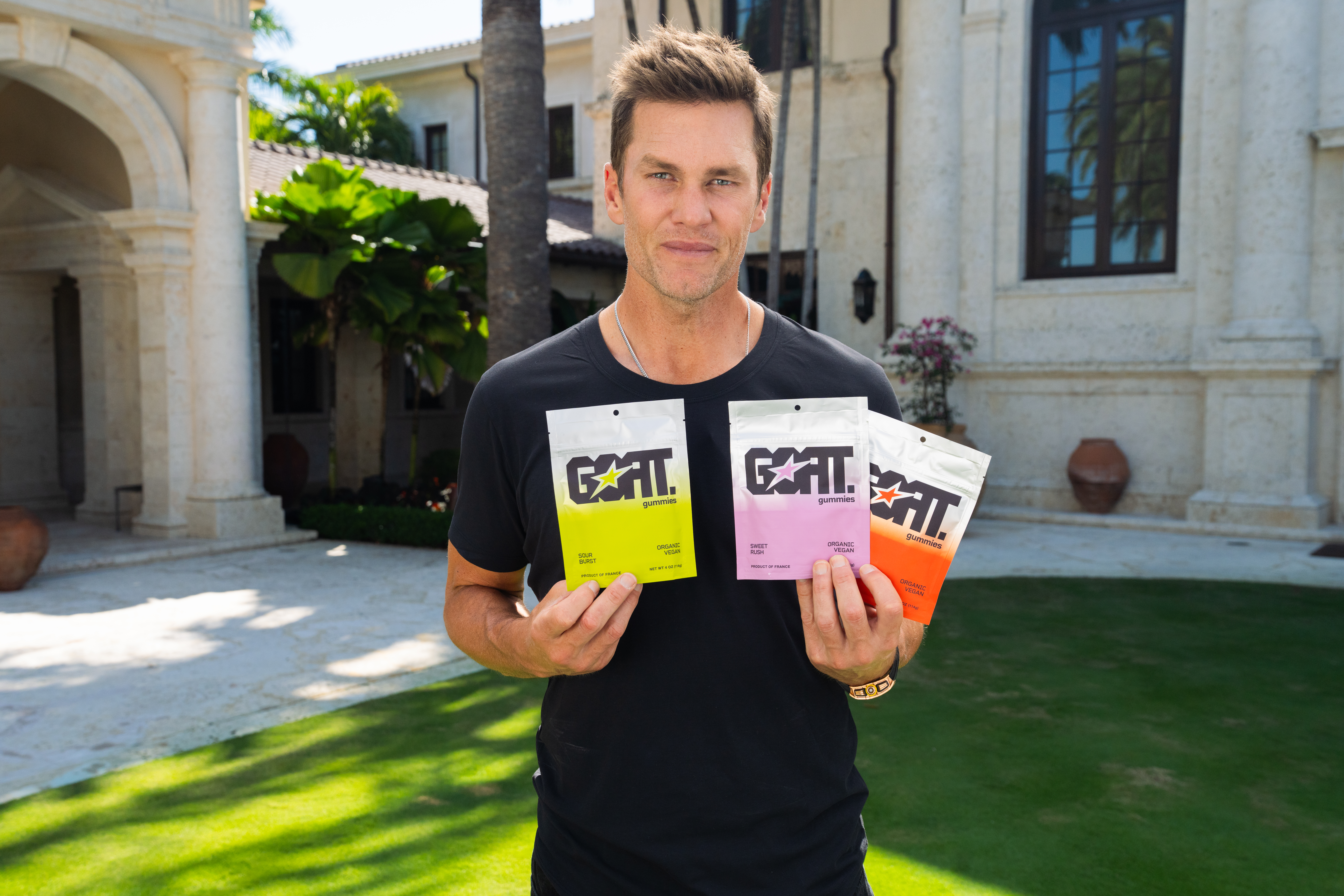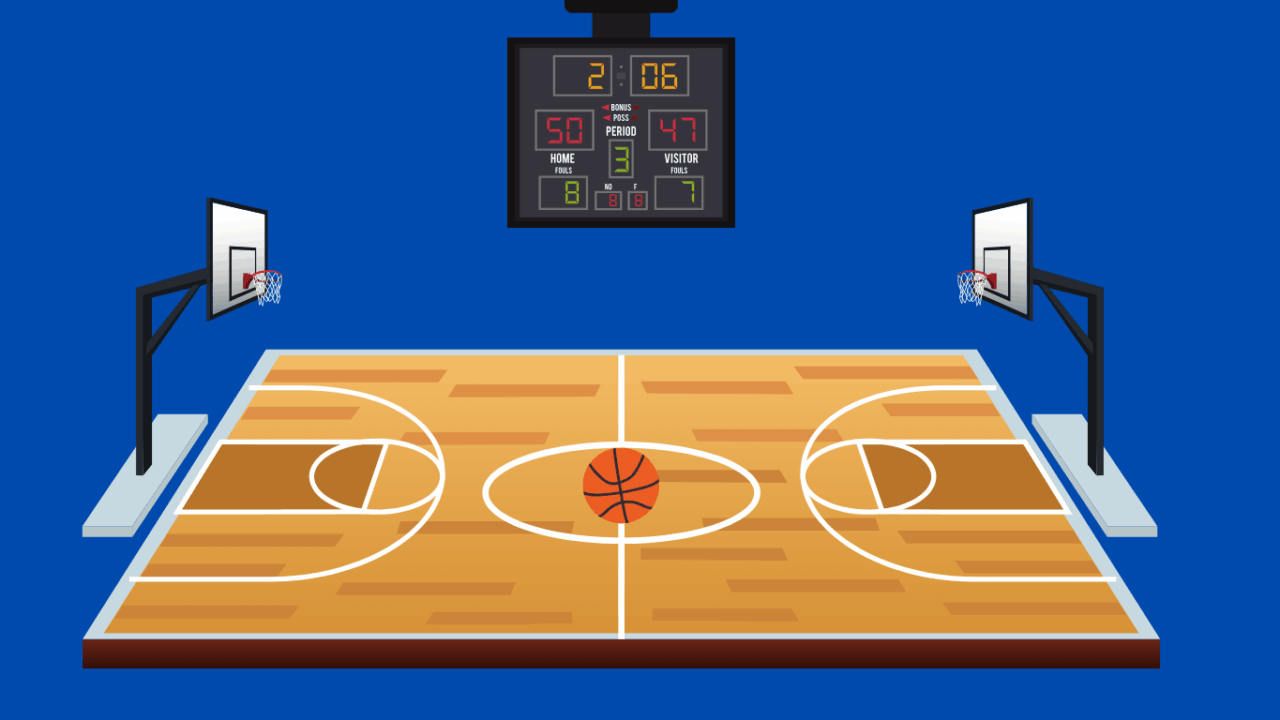Insights from Marketers on Meta’s Profit-Driven Move with Instagram’s Unskippable Ads

Instagram has started testing unskippable ads, a significant shift in its advertising strategy.
This feature will activate once users have viewed their internal limit of skippable ads, ensuring that certain promotional content is seen in full. The move aims to enhance the effectiveness of ads on the platform, providing advertisers with a guaranteed level of engagement that skippable ads might not achieve.
This development mirrors YouTube’s successful use of unskippable ads at the beginning and end of videos. YouTube’s approach has proven to be an effective way to capture audience attention and ensure that key messages reach their intended demographic before viewers engage with the content they came for. By adopting a similar strategy, Instagram hopes to tap into the same benefits, leveraging unskippable ads to increase ad visibility and impact.
“The change to unskippable ads is going to offer some advertisers that had ads with low engagement rates earlier to force users to watch their ads,” said Flynn Zaiger, CEO of Online Optimism. “Of course, this won’t actually affect many users from turning to a second screen they have ready to go.”
Zaiger also added that the motivation behind this move is driven by profit since Meta appears to be struggling to extract more revenue from their original platform, Facebook.
Marketers have mixed reactions to Instagram’s new strategy. Some see it as a valuable opportunity to ensure their ads are seen by a broader audience, potentially increasing engagement and conversions. Others, however, are concerned about user experience, fearing that unskippable ads might lead to frustration and decreased platform usage.
Meta declined to comment on this story.
Drawing Inspiration from YouTube
This feature will continue to be tested by Instagram for some time, and it will be closely monitored to see if these features will have a positive impact on both advertisers and users to determine if the benefits outweigh the potential drawbacks. This is similar to what YouTube has experienced with ad blocking software.
James Gerber, Head of Product at Measured, said advertisers are asking about the incremental impact of their advertising, which is forcing platforms like Instagram to become more valuable.
“Skipped ads generally don’t make an incremental impact on sales,” said Gerber. “By preventing their users from skipping ads, Instagram is trying to increase the value of each impression.”
Stanlei Bellan, Chief Strategy Officer at Juice Media, noted that advertisers and agencies favor unskippable ads. With many platforms, including YouTube, already offering this feature, Instagram faces pressure to do the same. This move is expected to attract more advertising revenue and give sales reps a stronger case to secure a larger share of media budgets.
“The key strategic factor is to find the optimal balance between advertiser appeal and audience repeal,” said Bellan. “Underneath this is the evergreen growing problem of “fake” impressions, ie. impressions that might be caused by bots or even humans that are not really paying attention to the ads.”
The introduction of non-skippable ads on Instagram could potentially offer higher engagement metrics for advertisers but also raises concerns about user experience, particularly the potential disruption to content browsing. While this strategy might lead some users to shift their attention to other platforms, it is unlikely that they will completely abandon Instagram, given the value of their established user base, likes, and followers.
Balancing Advertiser Appeal and User Experience
The key for Instagram will be to find a balance that meets advertisers’ objectives without excessively disrupting the user experience, ensuring that the platform remains appealing to both users and content creators.
Amy Porter, Group Director of Digital Media, and Lisa Herdman, SVP at RPA, noted that Instagram’s move to non-skippable ads supports the belief that “TV is where the money is.” To attract TV ad budgets, video content should resemble linear TV with non-skip ads. Instagram is non-skippable ads, aligning with its shift to more video content. Unlike YouTube, where users tolerate non-skippable ads, Instagram’s implementation is not as well-received.
“The introduction of non-skippable ads could potentially offer higher engagement metrics for advertisers, but simultaneously poses significant concerns regarding the impact on the user experience, particularly the potential disruption of Instagram’s content browsing,” said Porter. “It will be crucial for Instagram to find a balance that meets advertiser’s objective while preserving the integrity of the user experience.”
“This is a step toward disruption in content which can, in turn, force users away. However, this may also be step one in Instagram’s strategy to offer a subscription-based model for all the users who do become fed up with (non-skip) advertising and acquiesce to a pay model that is ad-free,” said Herdman.
Could TikTok Go The Same Route?
Considering Instagram’s move towards unskippable ads, one might wonder if TikTok will adopt a similar strategy. However, it seems unlikely in the short or medium term. TikTok recently released a study highlighting the effectiveness of skippable ads and contextual adjacency in boosting brand favorability and purchase intent on their platform.
TikTok is currently promoting this strategy to users and advertisers, emphasizing its unique position in the market with the message, “We are unique.” In comparison to platforms with non-skippable ads, this strategy sets TikTok apart, potentially allowing it to maintain user engagement and satisfaction. If TikTok were to implement unskippable ads, it might encounter challenges in user acceptance, and the user experience that currently differentiates it from its competitors may be altered.
“Advertisers and content creators are already in an arms race to produce the best quality and most interesting content at a speed and effective cost. I believe the key will be properly meshing the storytelling of old with the data richness of audience behavior in a way that only AI can find the common threads. I would bet this is the next wave of features to be launched by all ad platforms in the very short term,” said Bellan.





